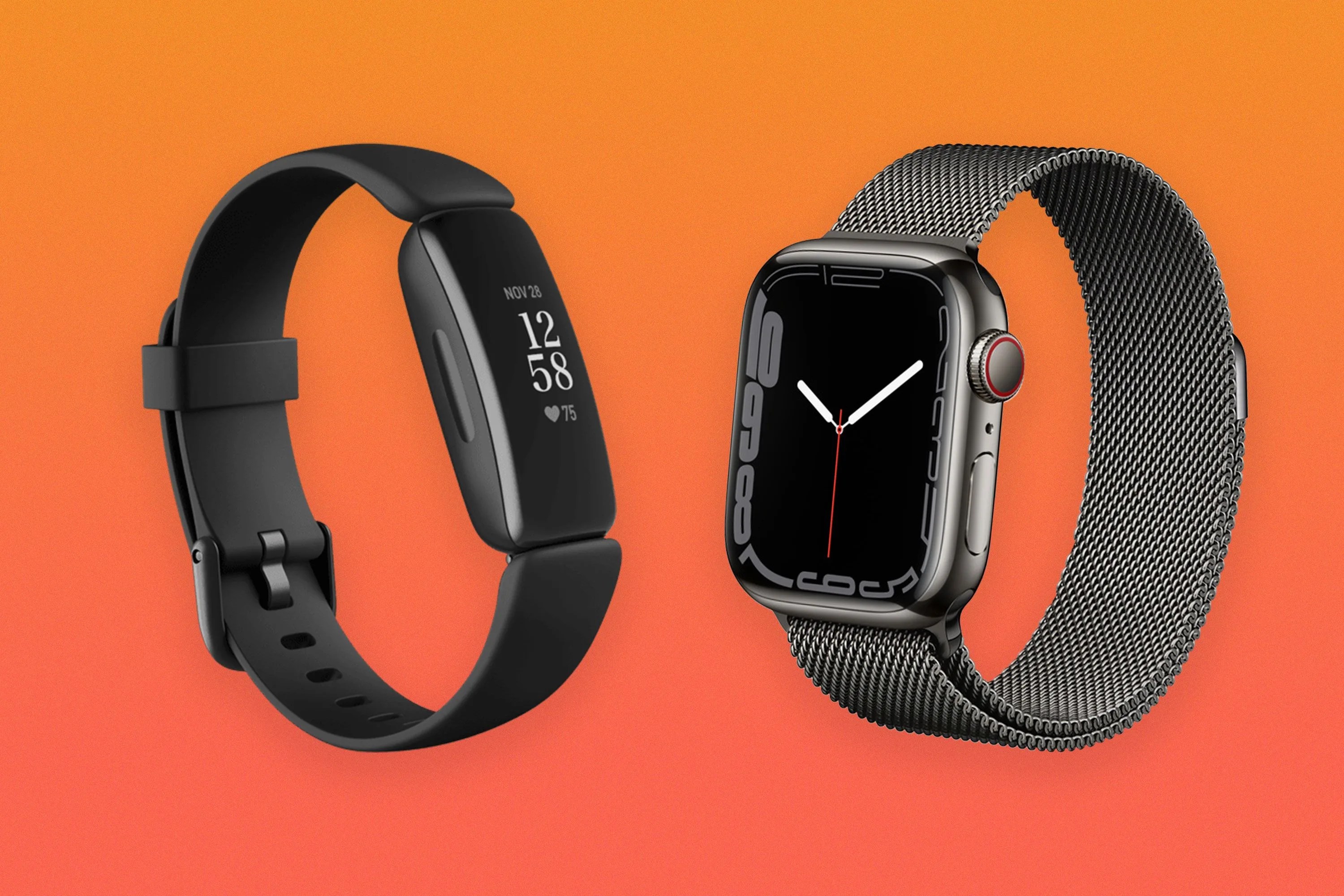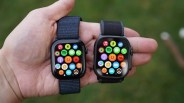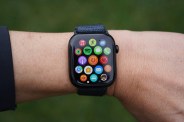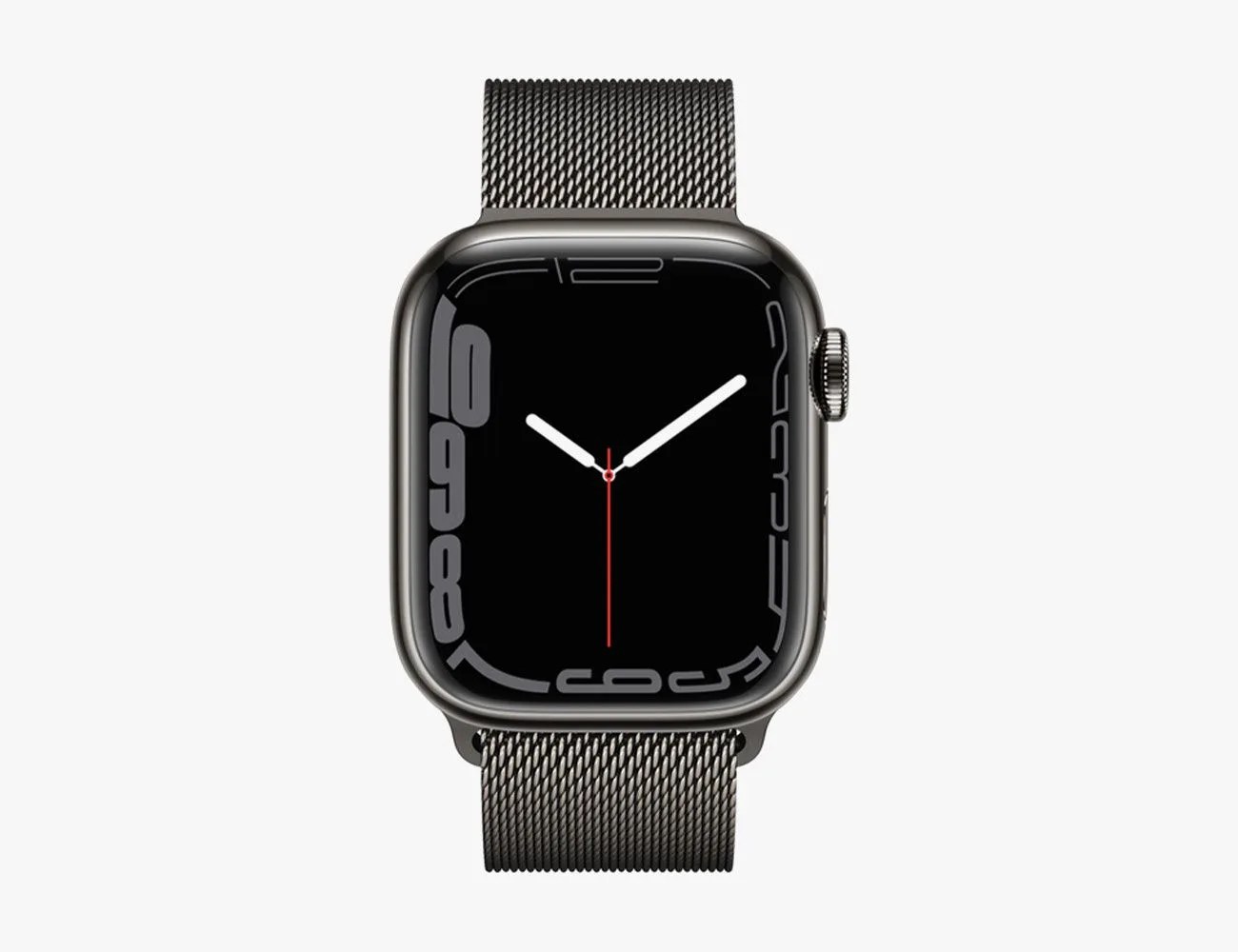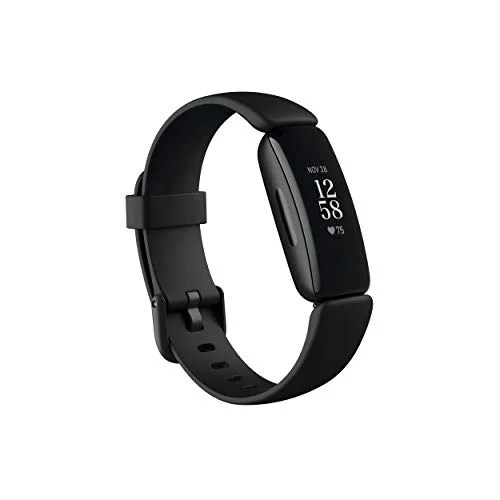In the past, there has been a clear divide between fitness trackers and smartwatches. A fitness tracker was a band with sensors that relayed data to your smartphone; a smartwatch, meanwhile was essentially an extension of your smartphone, a wrist-bound display that allowed you to check texts, emails and social media.
Over the last few years, however, the two devices have converged. Fitness trackers became more complicated, adopting screens and even the ability to show smartphone notifications, while smartwatches really leaned into the fitness side of things. Today, the old guard of fitness trackers, like Jawbone and Pebble and even Misfit (to some extent), are pretty much extinct. And the most popular device for fitness tracking — the Apple Watch — is actually a smartwatch.

That said, there are a number of reasons why you would choose a basic fitness (also referred to as activity bands) like a Fitbit Inspire 2 ($70) or a Garmin Vivosmart 4 ($99) instead of a smartwatch like an Apple Watch or a Garmin Forerunner. Here’s what you need to know.
Smartwatches do more — full stop
The main difference between a fitness tracker and a smartwatch is the list of features and smart abilities. A smartwatch is generally going to have all of the same fitness tracking abilities as a fitness tracker and then some; for instance, most smartwatches have heart rate sensors and built-in GPS for more accurate health tracking, along with coaching and specific workout-tracking, which only the most advanced fitness trackers have.
Smartwatches have more advanced features, too, like music control and built-in Bluetooth (to connect to wireless headphones), built-in mics for calls and voice assistant, and NFC for on-the-go payments. They also come in cellular models, which allows them to operate fully independently from a smartphone. Again, some of the more advanced fitness trackers can have some of these smart features and capabilities, but generally, most fitness trackers are way less versatile.
